
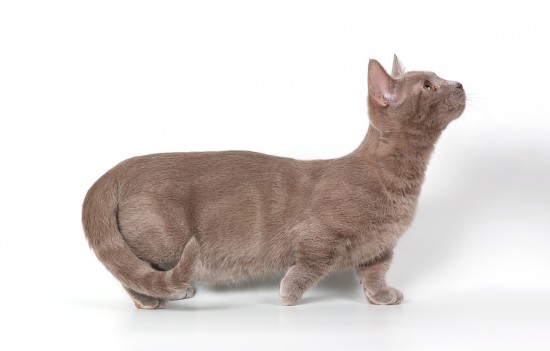
The Munchkin cat is an adorable looking and very distinctive breed that is known for its exaggeratedly short legs, and is often thought to be a dwarf breed of cat. However, true dwarfism is caused by a condition called achondroplasia, which usually comes accompanied by an overly large head as well as short limbs, which the Munchkin does not possess.
While the first Munchkin cats occurred naturally as the result of a genetic mutation, the appearance of the breed is considered by many to be uniquely desirable, and ongoing efforts to produce more cats with the same genetic anomaly for short legs have progressed ever since. The Munchkin cat can fairly be considered to be one of the most controversial of all cat breeds, with many breed registries and feline organisations refusing to recognise or promote the breed, out of concern for their health and the moral issues associated with deliberately breeding to produce what is, ultimately, a deformity.
In this article, we will look in more detail at the genetics that lead to the Munchkin cat’s appearance, and the potential health issues that can afflict the breed. Read on to learn more.
The Munchkin was recognised by TICA (The International Cat Association) as part of the New Breed Development Programme in 1994, a decision that was met with a lot of controversy. The GCCF (Governing Council of the Cat Fancy) in the UK refuses to recognise the breed and states that they will not consider it for recognition in the future, as it refuses to promote a breed trait that is based on an abnormal structure and development.
Nevertheless, the Munchkin is widely in demand both within the UK and worldwide, with many cat lovers finding the unique appearance of the breed unusual and appealing.
The overly shortened legs of the Munchkin cat occur due to an autosomal dominant gene, which comes accompanied by homozygous gene lethality, meaning that kittens that receive two copies of the gene will not develop in the womb.
In order for a Munchkin kitten to be carried to term and born alive, the kitten must inherit a heterozygous gene to remain viable.
Due to the fact that in order for a conceived litter to remain viable, only heterozygous gene cats can pass on the gene, litters have the possibility of producing both kittens with short legs and kittens with normal legs.
Kittens that carry two copies of the gene that causes the shortened legs, or MM, will not develop in the womb. Kittens with one gene will be short legged, while kittens with no “m” genes will have normal legs, and will not have the potential to produce short-legged kittens of their own.
The health and overall standard of living for cats such as the Munchkin with overly short legs is the subject of much debate, even on top of the controversy that is generated by selective breeding for a mutation that can prove fatal in the womb.
The fact that the GCCF does not recognise the Munchkin breed on principle means that no formal figures and statistics are held for the health of the breed as a whole, or what challenges the shortened legs cause, and figures and reports submitted by Munchkin breeders cannot be classed a wholly reliable, due to their vested interest in promoting the breed.
The shortened legs of the Munchkin is not classed as true achondroplasia (dwarfism) as the heads of the cats are normal size, but is instead classed as hypochondroplasia or pseudochondroplasia, reflecting the partial nature of the dwarfism that is caused.
The first and most obvious problem relating directly to the Munchkin cat’s genetic makeup is the fact that double copies of the Munchkin gene cause spontaneous abortion prior to birth, which is of course of significant concern.
The Munchkin cat also produces smaller litters than most other cats, again, likely due to their genetic mutation.
Concerns abound over the potential for spinal problems due to the length of the body in relation to the legs of the cat, however, x-ray examination of cats of the breed have not proven this to be the case.
There are two conformation issues that are widely seen in Munchkin cats, however, which are also interestingly commonly diagnosed in humans with pseudochondroplasia too.
The first of these is lordosis, which refers to an excessive curvature of the spine, which lead to a pelvic tilt and swayed back. The other is pectus excavatum, or an excessively hollowed chest, and is classed as a genetic deformity caused when the sternum and ribs develop abnormally.
Both of these conditions are visible and obvious in affected cats, and while the breeding of the Munchkin as a whole is controversial, all parties are almost unanimously in agreement that cats which display these flaws should not be bred from themselves.
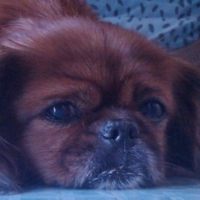 Can Dogs Cry
I have heard before, I do not remember when and where I
Can Dogs Cry
I have heard before, I do not remember when and where I
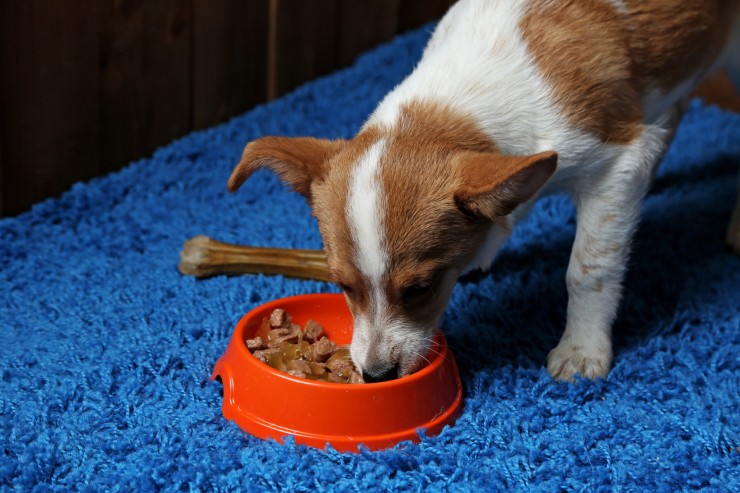 Feeding A Dog With Colitis
Feeding A Dog Wit
Feeding A Dog With Colitis
Feeding A Dog Wit
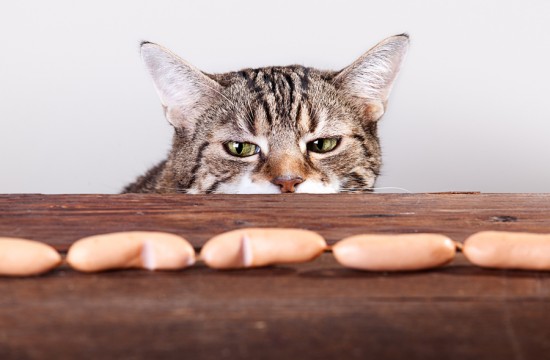 Obesity In Cats
Obesity In Cats
Obesity In Cats
Obesity In Cats
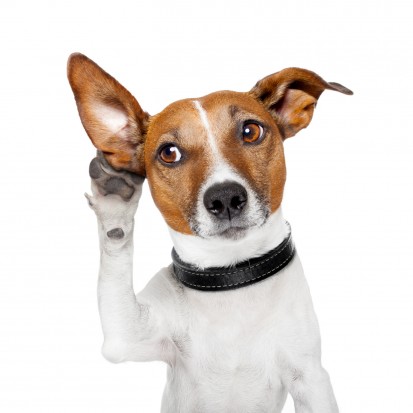 Dogs And Their Hearing
Dogs And Their He
Dogs And Their Hearing
Dogs And Their He
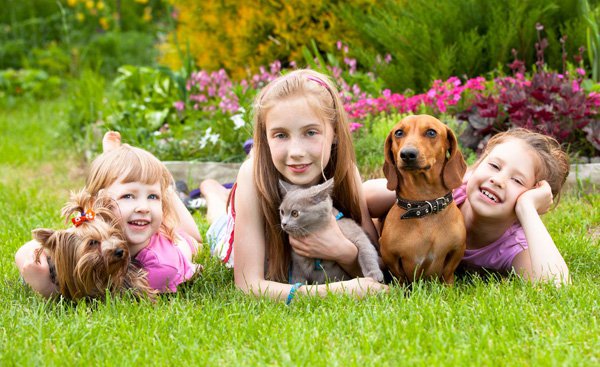 All About Finding A Responsible Dog Breeder In Your Area
All About Finding A Responsible Dog Breeder In Your Area
All About Finding A Responsible Dog Breeder In Your Area
All About Finding A Responsible Dog Breeder In Your Area
Copyright © 2005-2016 Pet Information All Rights Reserved
Contact us: www162date@outlook.com